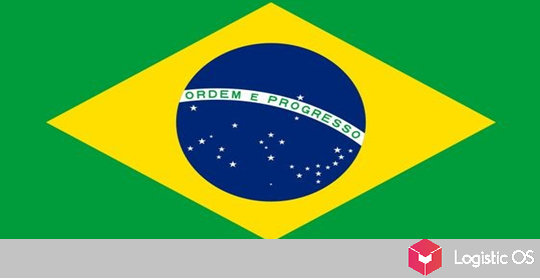Last week the growth of the wheat rate was finally interrupted, which it demonstrated for more than two months in a row.
At the moment, the cost of a ton of wheat has dropped by about 150 rubles and is about 18150 rubles.
This price cut, or at least a halt in growth, is a welcome development for many people and companies. For example, for millers, pastry chefs, as well as ordinary consumers who do not want the cost of bread and pastries in stores to rise.
Only exporters are dissatisfied: not only has the government already introduced quotas on grain exports in 2021, the dollar has not fallen enough, now the cost of export goods is also declining.
What is the reason for the decline in wheat prices?
As it usually happens in the economy — with the prevalence of supply over demand.
First, this year good grain harvests in Europe, Ukraine and Australia.
The market expects that the harvest there will be finally harvested from day to day, and the supply will increase significantly.
Second, many of these countries offer their products more cheaply.
For example, Russian grain is 5% more expensive than French, 3% more expensive than Ukrainian. The lack of willingness to overpay also drives down the price.
Thirdly, due to the introduction of the aforementioned grain export quota, exporters strive to carry out sales as quickly as possible.
This also sharply increases the supply and leads to a decrease in prices.
To date, Russian grain exporters have already sold at least 50% of the volume that they, in principle, can sell.
According to Elena Tyurina, head of the Russian Grain Union, about 41-42 million tons of wheat will be exported this season (about half of what was collected in Russia).
It is planned that by the end of the year exporters will sell up to 65% of their reserves on the foreign market.

Will wheat prices rise again?
This is quite possible, and also for several reasons.
- Exports from Russia will soon end due to the quota. Supply on the global market will decrease again.
- In the Russian Federation, due to frosty snowless December, the forecasts for the winter crop are deteriorating. There is reason to believe that supply volumes may fall next year.
Therefore, if the price of Russian wheat continues to decline, it is unlikely that this is a long-term trend.

